Snoring and Sleep Apnea
What is Sleep Apnea?
Snoring occurs when there is a partial obstruction in the flow of air through the passages at the back of the mouth and nose. While disruptive in and of itself, snoring can be a sign of a more serious condition known as Obstructive Sleep Apnea (OSA).
What Causes Obstructive Sleep Apnea?
OSA is serious sleep disorder in which the airway is obstructed to the extent that it causes you to stop breathing repeatedly during sleep (called apneas or apnea events). This causes the amount of oxygen in the blood to decrease, resulting in the heart having to work harder. If left untreated, this condition can contribute to high blood pressure, stroke, heart disease, and diabetes. The resultant fatigue from disrupted sleep can lead to workplace mishaps, motor vehicle accidents and more. Sleep Apnea affects as much as 20% of the population, with nearly 85% of those not even knowing they have it.
What are the Symptoms of Obstructive Sleep Apnea?
The signs that indicate OSA are:
Loud snoring.
Gasping or choking upon waking.
Nighttime bruxism (clenching and grinding your teeth)
Waking up with a dry mouth or throat.
Daytime fatigue.
A headache upon wakening.
Night sweats.
Irritability, depression, and mood changes.
Cardiac issues, high blood pressure, and heart disease.
Treatment of OSA
The recommended treatment for OSA is continuous positive airway pressure (CPAP) therapy. A CPAP machine delivers a small amount of pressurized air through the mouth and/or nose to prevent airway collapse. While CPAP is the gold standard of care for OSA, not everyone can tolerate the CPAP device. In these cases Oral Appliance Therapy (OAT) may be indicated as an alternative treatment. These devices are worn in your mouth and hold your lower jaw in a carefully calibrated position to reduce airway collapse. This can result in greatly reduced snoring and apnea events.



